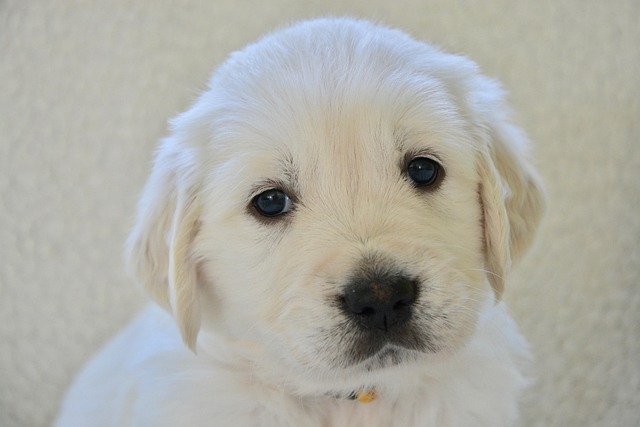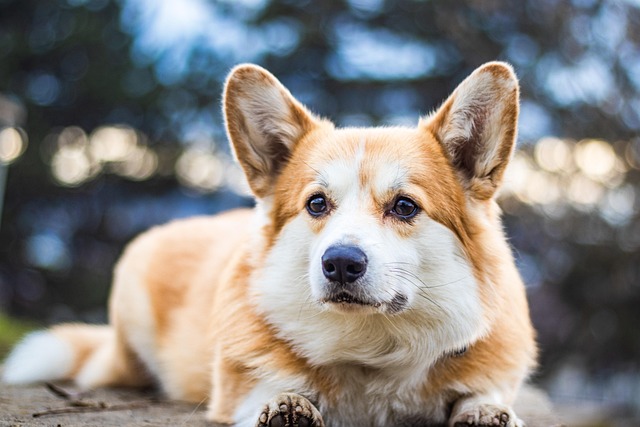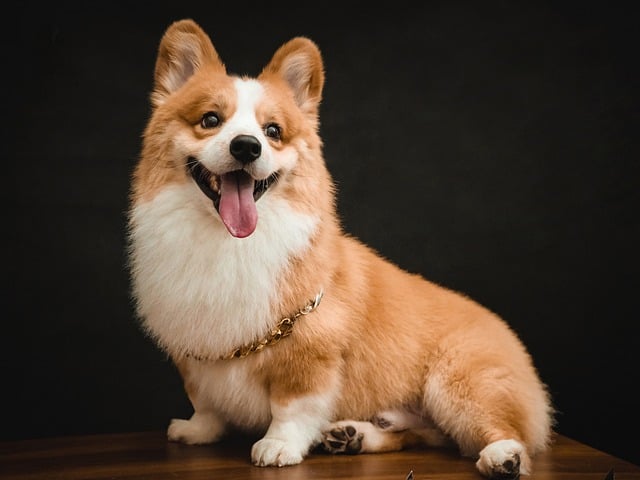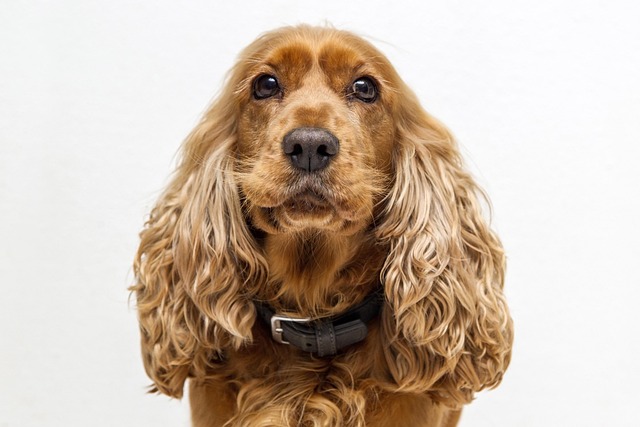You know that sinking feeling when you find shredded cushions or hear frantic barking echoing from your empty apartment? That's separation anxiety screaming at you, and it's pure misery for your dog. It’s more than just chewing your favorite shoes; it's panic attacks, destructive escape attempts, and non-stop vocal distress rooted in genuine terror of being alone. Recognizing these symptoms early – pacing, drooling, frantic greetings, bathroom accidents only when you leave – is the first step to helping your furry friend feel secure and preserving your sanity, not to mention your security deposit.
Let's ditch the lazy stereotypes right now. Labradors get anxious. Mutts get anxious. Labeling entire breeds as the "worst" ignores the real story: individual history, upbringing, and environment matter hugely. That rescue Border Collie might be chill, while the purebred Cavalier from a busy breeder could be a wreck alone. Focusing solely on a breed's reputation overlooks the complex mix of genetics and life experience shaping each dog's vulnerability.
Why are some dogs seemingly wired for clinginess? Blame evolution. Centuries of selective breeding hammered specific traits deep into certain breeds. Take the Velcro-like Vizsla or Weimaraner – bred for centuries to hunt *right beside* their human, never out of sight or earshot. That intense partnership instinct is glorious in the field but translates poorly to a 9-to-5 workday in your Austin apartment. Similarly, many toy breeds like Chihuahuas or Papillons were literally designed to be lap warmers and constant companions for nobility. Their tiny size made them vulnerable, so sticking close was survival. Their evolutionary job description was "never leave the human," making solitude feel fundamentally wrong and terrifying.
So, acknowledging evolution helps us understand why certain breeds *tend* towards higher separation distress. Breeds historically dependent on close, constant human collaboration often struggle most. Beyond the Vizsla and Weimaraner, German Shorthaired Pointers share that intense hunting partnership history. The sensitive, people-focused Labrador Retriever, America’s top dog, frequently lands in behavioral clinics for separation issues precisely because they live to be with their people. Cavalier King Charles Spaniels, literally bred as companion lapdogs for royalty, often exhibit profound anxiety when left. Even bright working breeds like Border Collies or Australian Shepherds, if under-stimulated, can channel their intense focus into destructive panic when alone. Their anxiety stems from thwarted purpose as much as missing you.
Managing this requires tailoring strategies to the breed's core drives. Forget quick fixes; address the root evolutionary need. For the Vizsla or GSP, simulate partnership: ditch the food bowl. Hide kibble in puzzle toys *before* you leave. Make them "hunt" breakfast. A vigorous run *before* your departure is non-negotiable – tire the body to calm the mind. For the Cavalier or Chihuahua, counter-condition solitude as safe. Start microscopically: pick up your keys, sit back down. Repeat until keys mean nothing. Build gradually to stepping outside for 3 seconds, then 10. Use high-value treats *only* when you leave and return calmly. Create a cozy, enclosed den-like space (a crate with a blanket, if crate-trained positively) near a window with a view. For the under-employed Border Collie, rigorous mental exercise is key before alone time – advanced obedience drills, scent work, a challenging puzzle feeder. Teach a solid "place" command for settling.
Regardless of breed, ditch punishment entirely. Yanking a dog crate door shut after finding destruction or yelling reinforces their terror. Positive reinforcement for calm behavior is the only ethical and effective path. Consult a certified professional (look for CCPDT or IAABC credentials) who uses force-free methods. They’ll help you craft a personalized desensitization plan and rule out medical issues. Medication prescribed by a vet behaviorist can sometimes be a crucial tool alongside training for severe cases, helping the dog reach a state where learning is even possible.
Understanding *why* your dog panics – whether it’s a Vizsla's bred-in partnership or a Cavalier's centuries as a lap ornament – transforms frustration into empathy. It shifts the question from "What breed has the worst separation anxiety?" to "What does *my* dog specifically need to feel safe alone?" By respecting their evolutionary heritage and individual needs, you move beyond blame and towards solutions that build genuine confidence and peace for everyone in the household. Your informed, patient approach is their lifeline out of panic.





